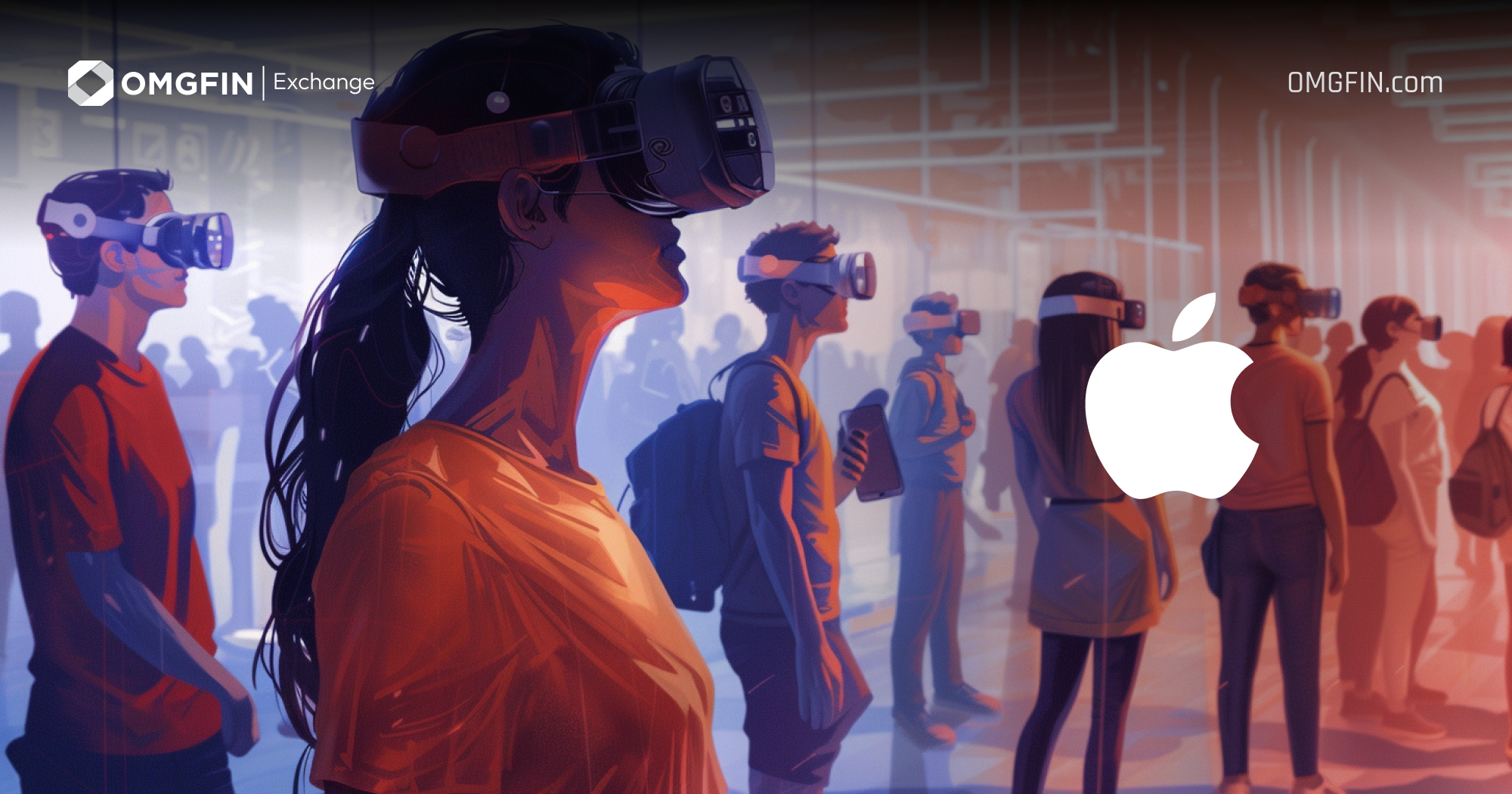Apple Unveils Vision Pro Spatial Computing Device: Implications for the Metaverse
Print
Modified on: Fri, 9 Feb, 2024 at 11:44 PM
Apple's recent launch of the Vision Pro spatial computing device has sparked optimism among metaverse enthusiasts. The device is not a virtual reality headset but rather an augmented reality tool that overlays digital imagery onto the user's view of the physical world. This distinction from virtual reality could be a game-changer, especially considering the challenges that VR has faced in the consumer market, such as "VR sickness." The spatial computing approach of the Vision Pro appears to offer a more universally comfortable experience, allowing users to remain aware of their surroundings and interact with others while using the headset. With preorders reportedly exceeding 200,000, the Vision Pro is poised to make a significant impact.

In this article, we explore the potential implications of Apple's Vision Pro in the context of the metaverse and its broader market dominance. The parallels drawn between the Vision Pro and the historic success of the iPhone showcase the transformative potential of this new technology. Furthermore, we examine how spatial computing could fundamentally change the dynamics of human interaction and technology integration, providing a new lens through which to experience and engage with the world around us.
Apple’s recent foray into spatial computing with the launch of the Vision Pro has sparked excitement and optimism in the metaverse community. The device, which serves as an augmented reality headset, is poised to redefine human interaction with technology, with potential implications that could transcend the realm of virtual reality.
Spatial Computing, Not VR
The distinguishing factor of the Vision Pro lies in its approach to spatial computing as opposed to virtual reality. While VR technology has faced challenges in gaining widespread adoption, mainly due to issues like "VR sickness," spatial computing, as demonstrated by the Vision Pro, offers a more universally comfortable experience. By overlaying digital imagery onto the user's physical environment, the device maintains a heightened sense of reality and awareness, enabling users to interact more seamlessly with their surroundings and others. This could position Apple for broader market adoption, particularly in contrast to the limitations of traditional VR hardware.
Parallels with the iPhone
Reminiscing on the success of the iPhone, it becomes evident that Apple has a history of pioneering transformative technology. The iPhone, which was initially met with skepticism, ultimately revolutionized the consumer technology landscape. Similarly, the Vision Pro, priced at $3,499 and with reported preorders exceeding 200,000, holds the potential to significantly impact the market in the long run. Drawing such comparisons underscores the potential far-reaching effects of the Vision Pro in shaping the future of technology and human-computer interaction.
Face Computers and Human Interaction
The prospect of wearing a computer on one’s face may appear unconventional at first, much like the initial skepticism surrounding touchscreen phones. However, just as smartphones have become an integral part of daily life, spatial computing devices such as the Vision Pro could catalyze a paradigm shift in human interaction with technology. This shift could involve a fundamental reimagining of how we engage with our surroundings, presenting opportunities for enriched experiences that marry the real and digital worlds seamlessly. With the potential to facilitate face-to-face interactions while overlaying useful information via augmented reality, spatial computing holds the promise of bringing people closer together in an increasingly digital world.
Metaverse Implications
Considering the growing interest in the metaverse, Apple’s entry into spatial computing holds vast potential for mainstream adoption. By providing a more comfortable and integrated experience, spatial computing could redefine the trajectory of the metaverse, steering it towards augmented reality rather than virtual reality. This shift could pave the way for a new era of not just technological innovation but also human connectivity, offering a glimpse into a future where digital and physical realities coalesce seamlessly.
In summary, the launch of the Vision Pro spatial computing device by Apple has profound implications for the metaverse and the broader consumer technology market. As the legacy of the iPhone has demonstrated, groundbreaking technology often transcends initial skepticism to become an integral part of our lives. With its potential to reshape human interaction with technology and the world around us, the Vision Pro is poised to usher in a new era of innovation and human connectivity.
For more insights and analysis on the latest technology trends and advancements, subscribe to our newsletter for direct updates from our expert team.
(TRISTAN GREENE, COINTELEGRAPH, 2024)
Did you find it helpful?
Yes
No
Send feedback Sorry we couldn't be helpful. Help us improve this article with your feedback.

